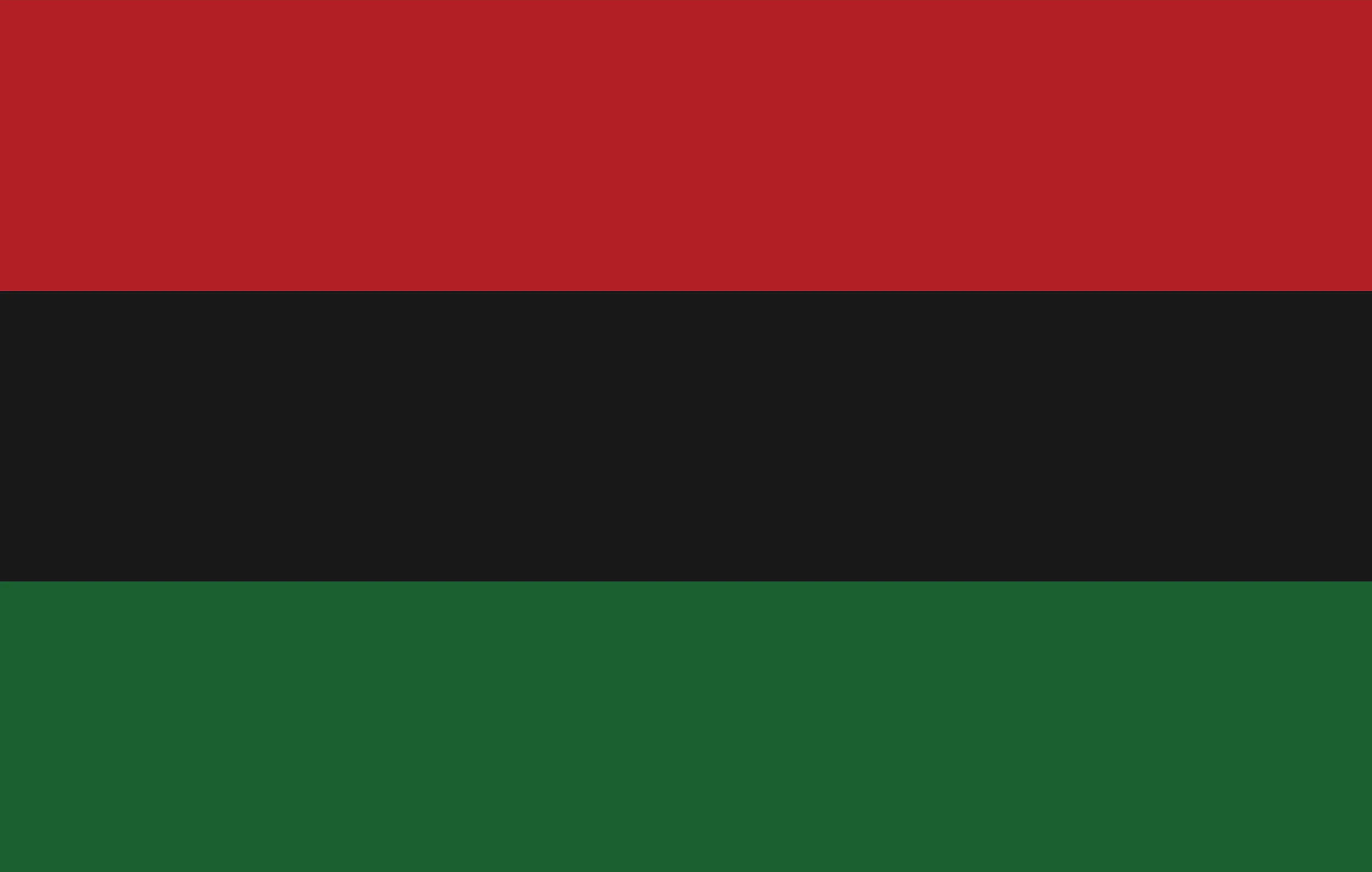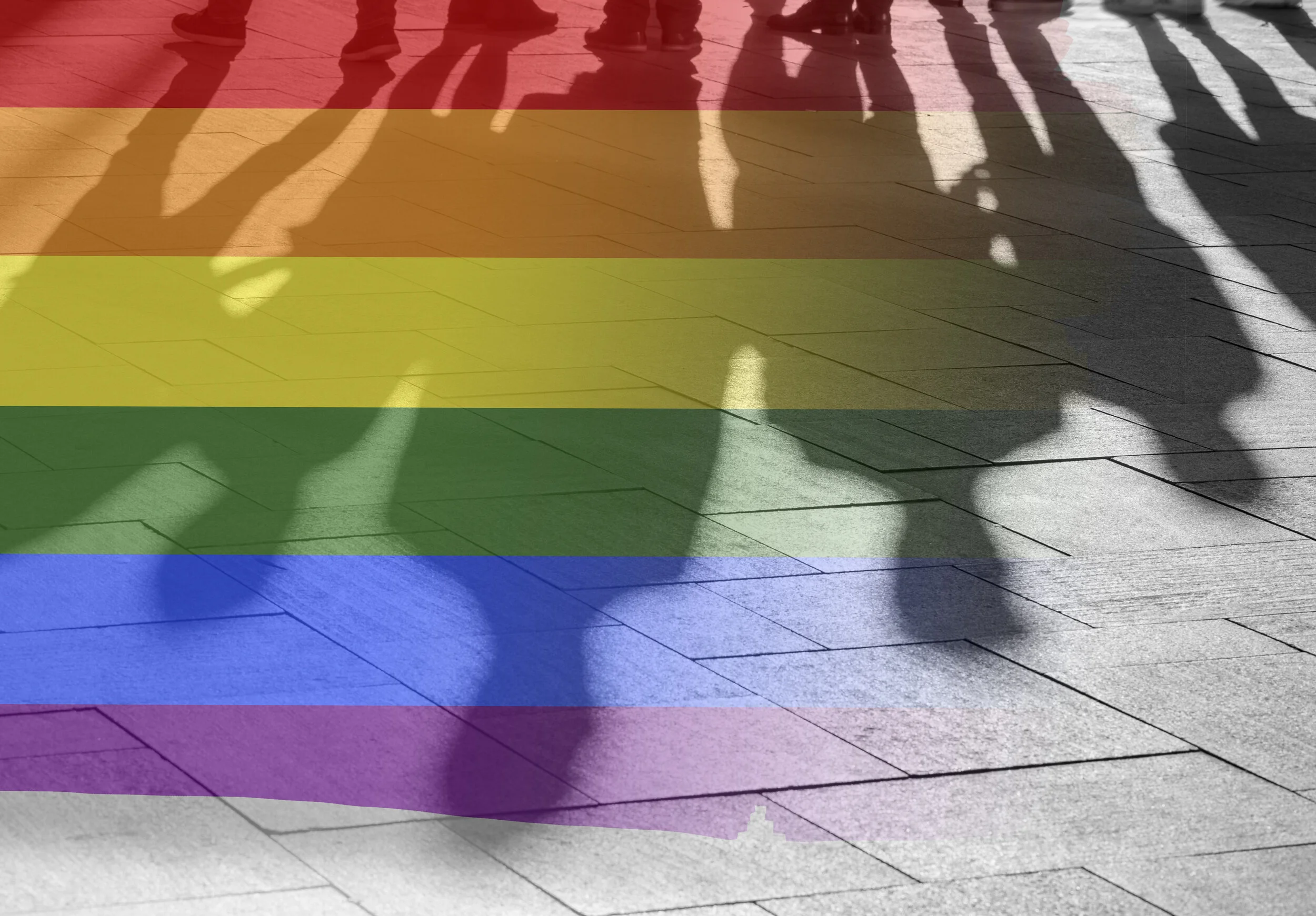Juneteenth is quickly approaching. This African-American holiday falls on June 19th and celebrates the full emancipation of slaves in the United States. This day is incredibly important as it marked a turning point from bondage to freedom. Each year, we observe this date as a time for growth, and empathy for the Black community. To honor and learn more about our African-American friends, coworkers, and leaders, here are four in-person and virtual Juneteenth office events.
Juneteenth Volunteer Day
One of the most powerful things we can do for minority communities is give back. Research African-American focused organizations in your area and plan a day of service! If possible, we can give our employees the day off to fully dedicate their time to these initiatives. Since Juneteenth 2021 falls on a Saturday, consider planning a volunteering weekend outing. These hours will serve as important bonding time for staff while also emphasizing the importance of Black employees, team members, and customers. A few national non-profits to check out are Black Girls Code, Black Male Voter Project, and Black Women for Wellness. In addition to these groups, search for local initiatives that assist underserved African-Americans in the area. Through this event, we celebrate the main mission of Juneteenth by uplifting the lives of Black individuals.
Virtual Atlanta History Center Event
For a remote or in-person office, a wonderful virtual event is the Atlanta History Center Juneteenth celebration. Much more than your average Zoom meeting, this 20 day long experience is packed with engaging talks from Black historians, guided tours of current museum exhibits, and African-American cultural displays. Either isolate a few interesting topics or share the entire calendar with team members to encourage active learning and curiosity about Juneteenth. This activity is perfect for a busy office with multiple opportunities to participate and various themes. Check-in with your team as the event comes to a close to openly discuss their new perspectives, growth, and understanding.
Movie Lunch and Learn
Interested in a more relaxed event? Consider hosting a movie lunch and learn. During employees’ lunch breaks, schedule a screening of an African-American film or television sereies like PBS’s “Juneteenth Jamboree” or blackish’s Juneteenth episode. With stunning visuals and compelling stories, these engaging pieces of media will draw employees in, allowing them to gain a deeper understanding of Black lives and the importance of June 19th. To take this activity to the next level, consider hosting a panel with African-American employees after the film. This initiative gives members a chance to open their hearts to the messages of their peers, growing closer, and improving their communication, empathy, and teamwork skills. We can also put together a list of open-ended discussion questions for the movie audience to go through after their viewing. By inciting a safe and welcoming conversation, we take the first steps towards creating an inclusive workplace.
Online Smithsonian Tour
Finally, for a historical journey through Black history, try out this virtual tour of the Smithsonian National Museum. Led by the museum’s African-American History and Culture’s founding director, Lonnie Bunch III, this in-depth video details the history of slavery and emancipation within the United States. More than simply a celebration of Juneteenth, the video details the harrowing oppression endured by African-Americans and emphasizes the power of diversity, equity, and inclusion. The Slavery and Freedom exhibit does a wonderful job of showcasing the difficult history of Black individuals while also exhaulting in the advancements of liberation, voting rights, and the march towards equality. This is an impactful experience for each and every viewer as we learn more about the history of our African-American coworkers and leaders.
No matter how we celebrate Juneteenth, our central mission should revolve around introspective growth, increased compassion, and opening our eyes to new perspectives. Whether virtually or in-person, our teams will become stronger and closer through these activities, open discussions, and learning experiences. I hope everyone has a lovely time celebrating this June 19th and honoring the history of African-Americans.
Dima Ghawi is the founder of a global talent development company. Her mission is providing guidance to business executives to develop diversity, equity and inclusion strategies and to implement a multi-year plan for advancing quality leaders from within their organization. Through keynote speeches, training programs and executive coaching, Dima has empowered thousands of professionals across the globe to expand their leadership potential. For more information, visit DimaGhawi.com and BreakingVases.com.






















